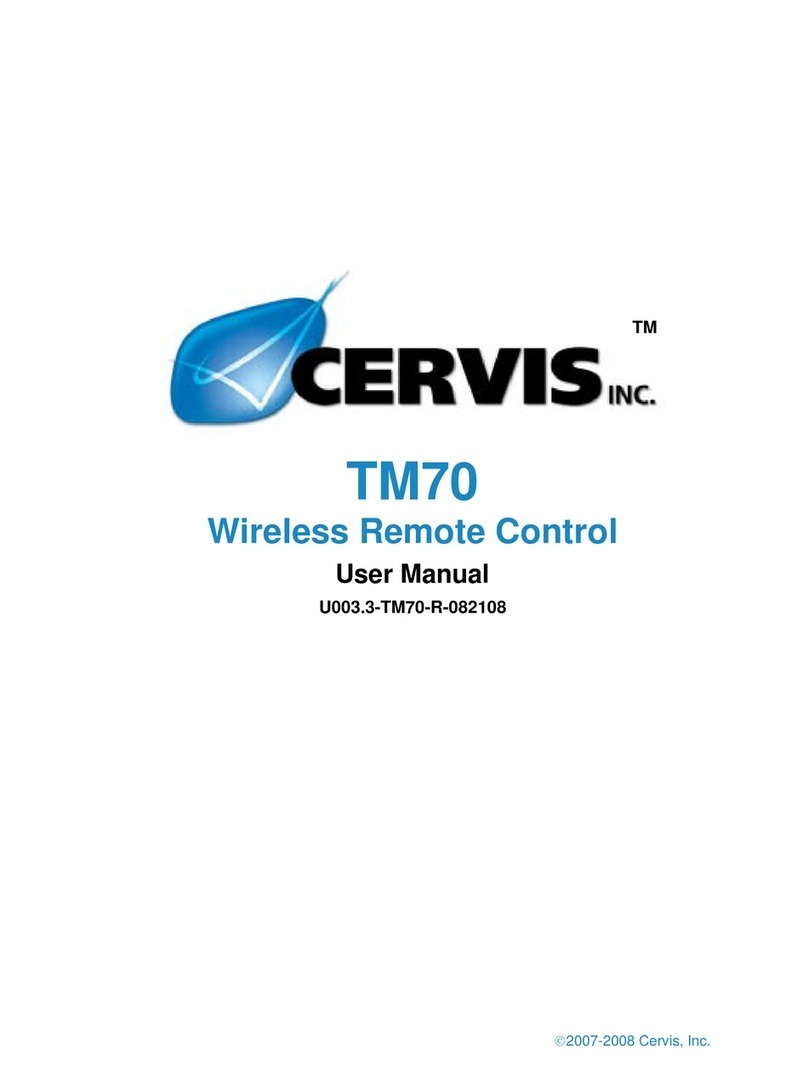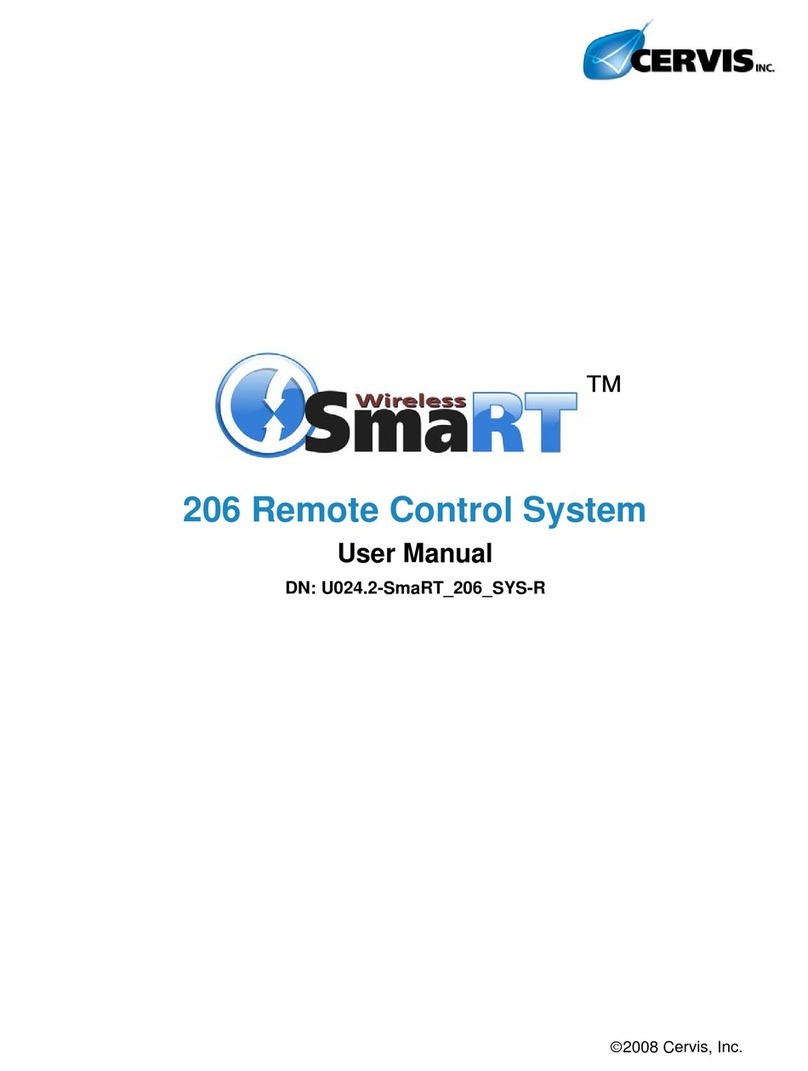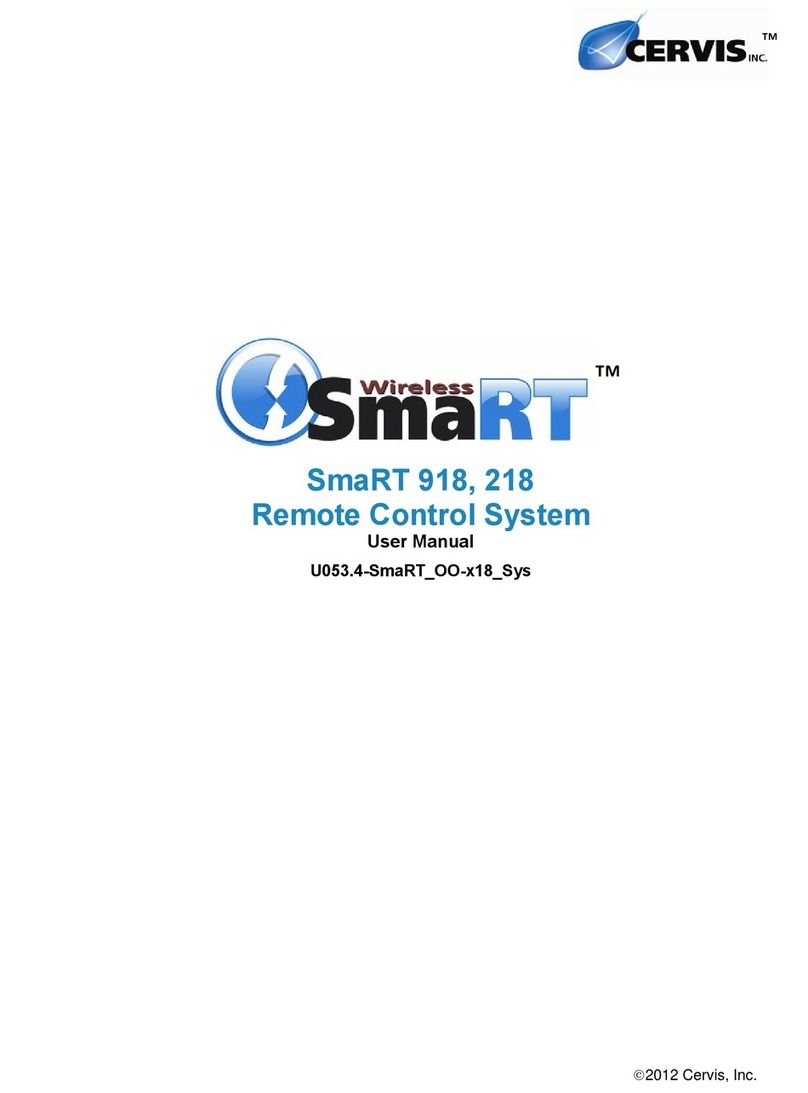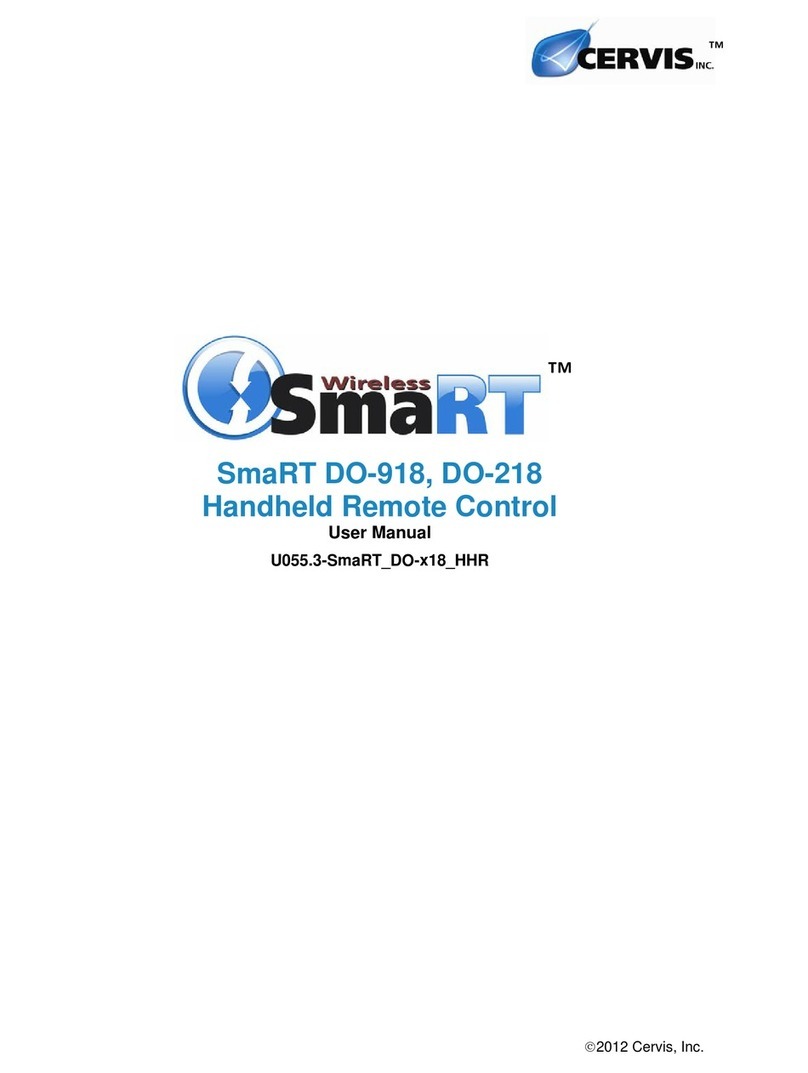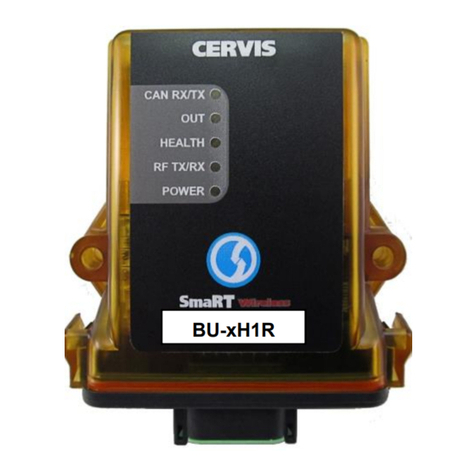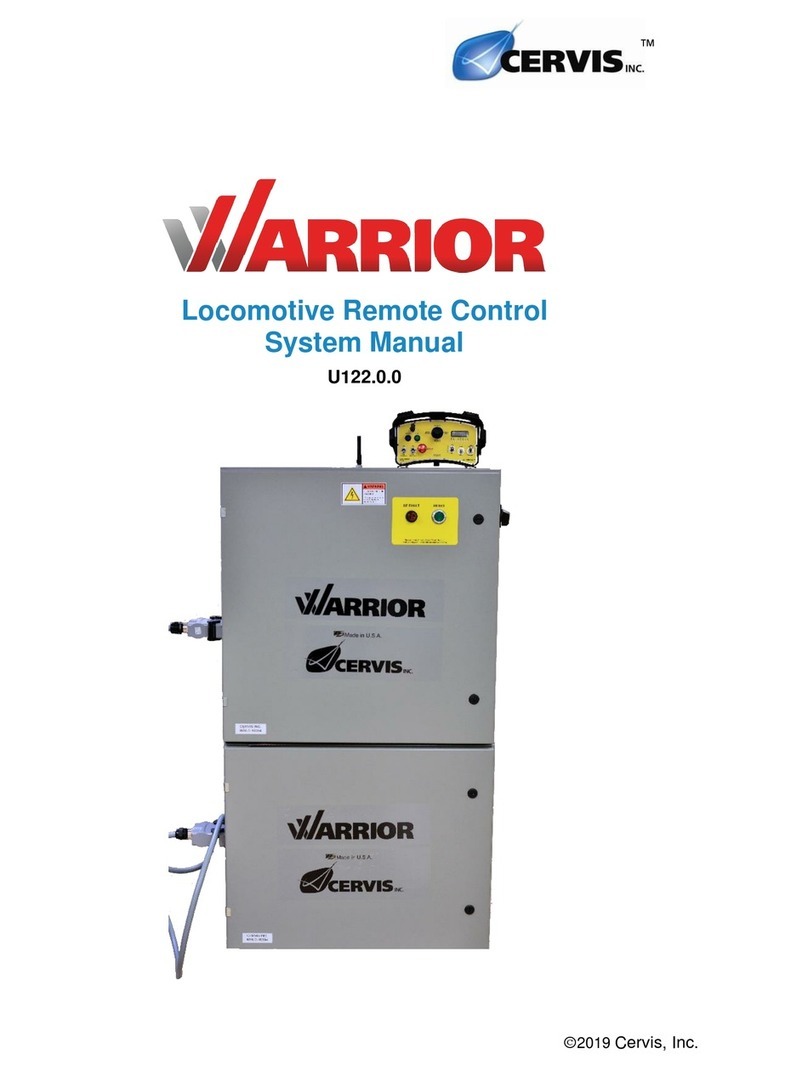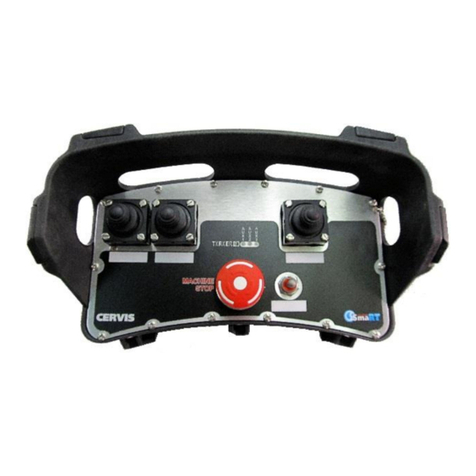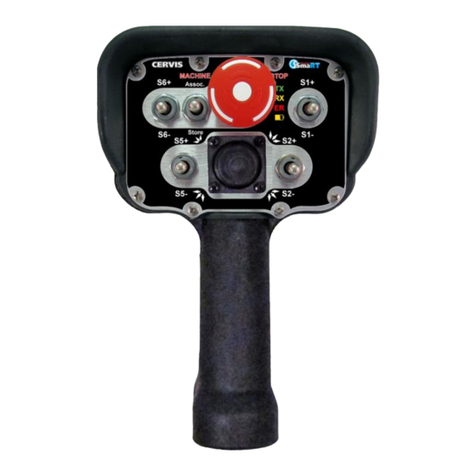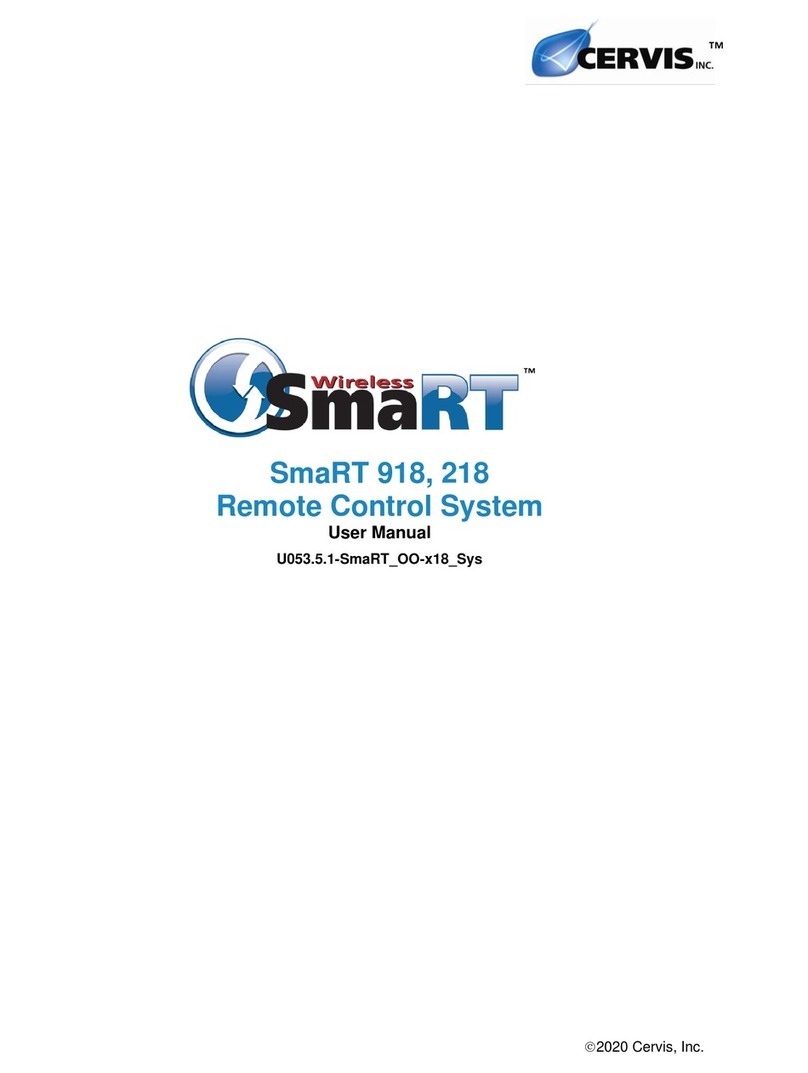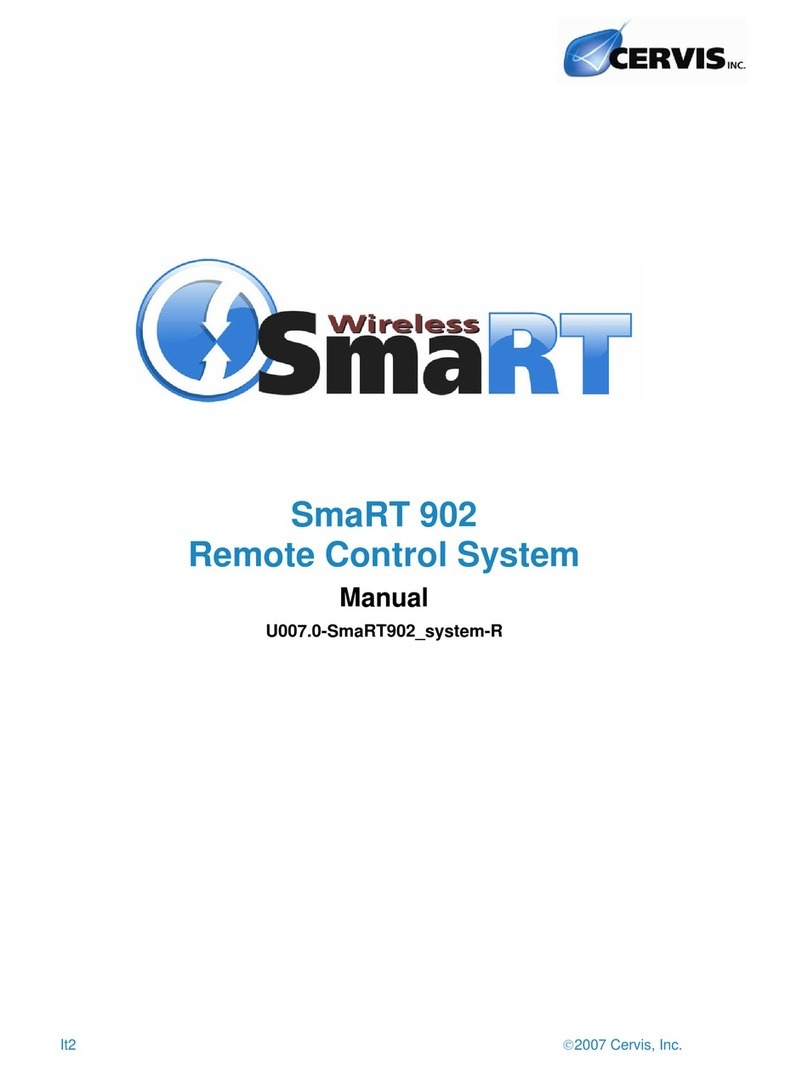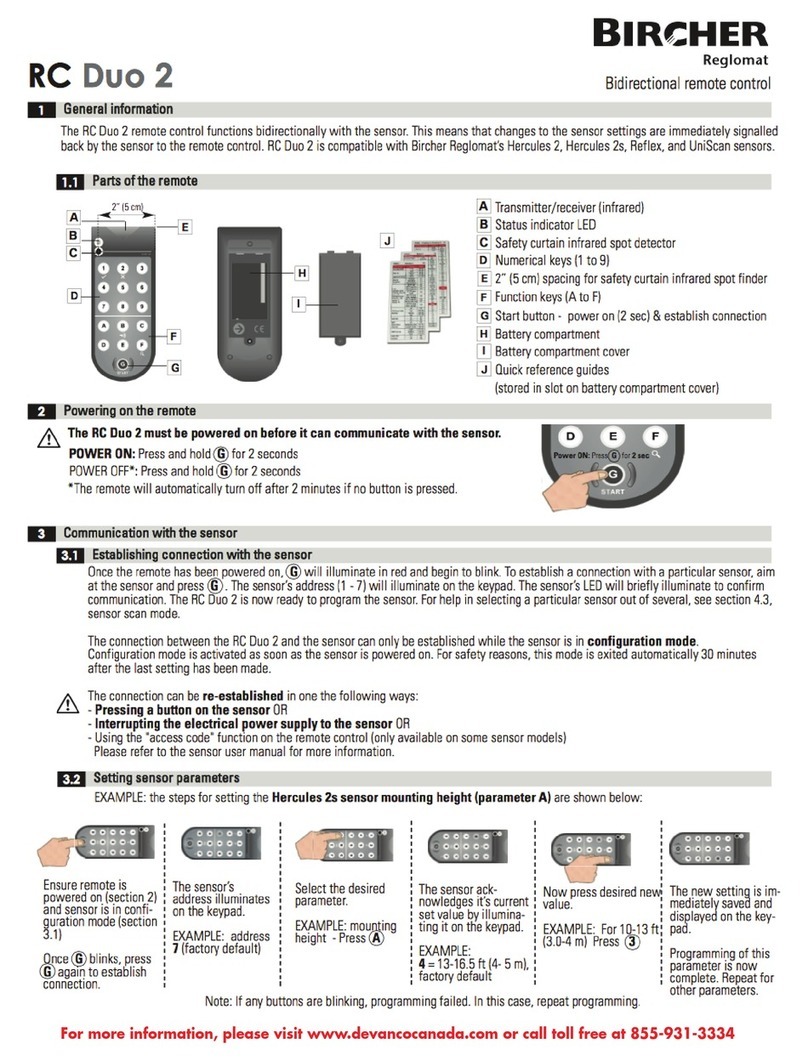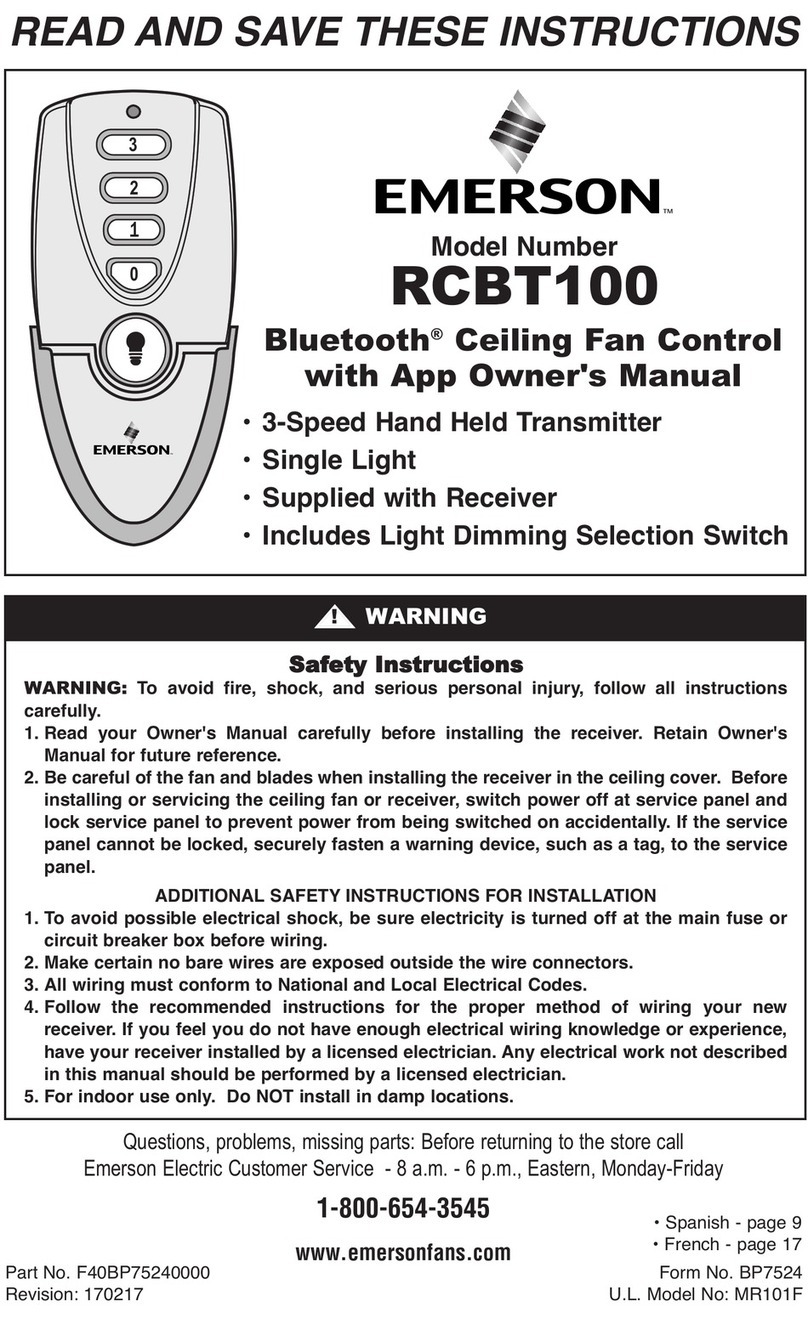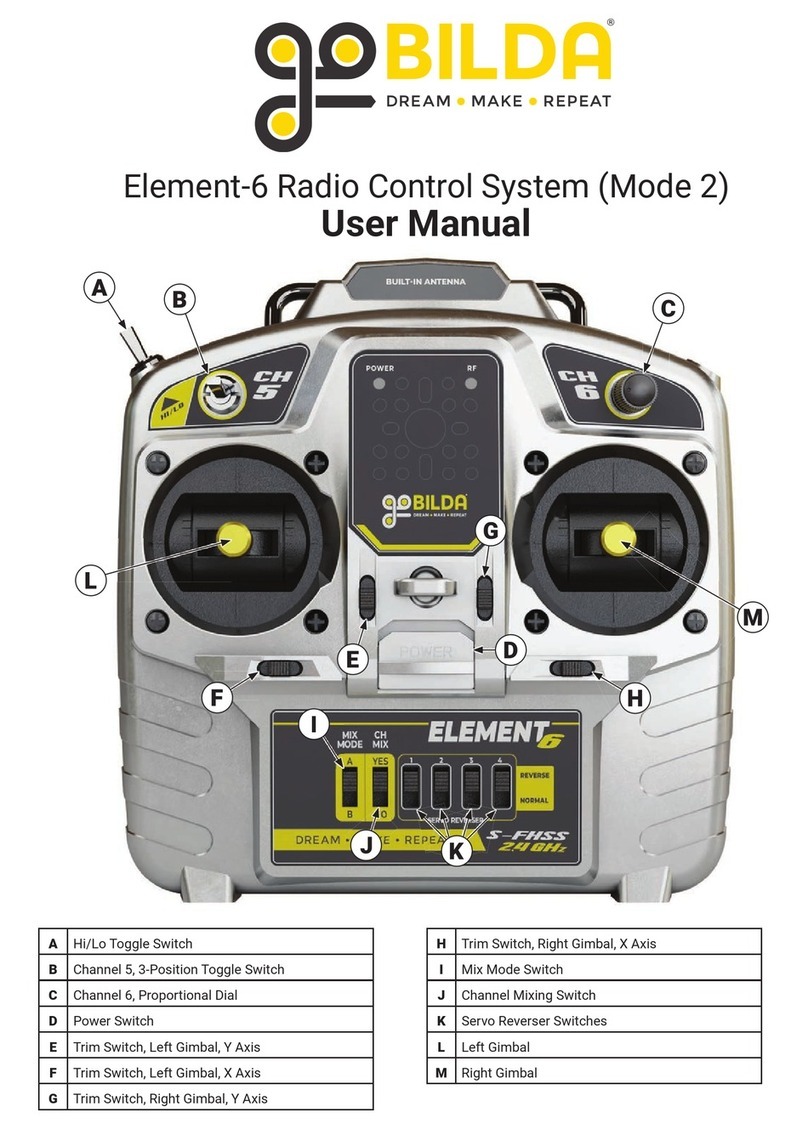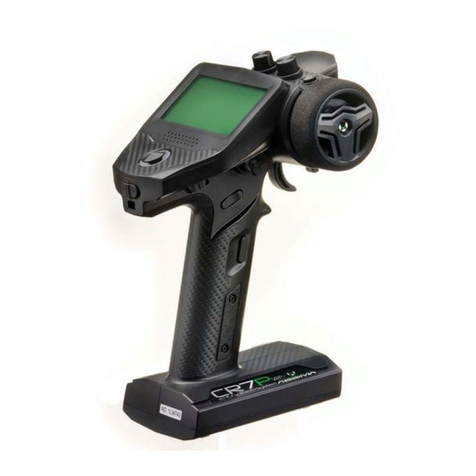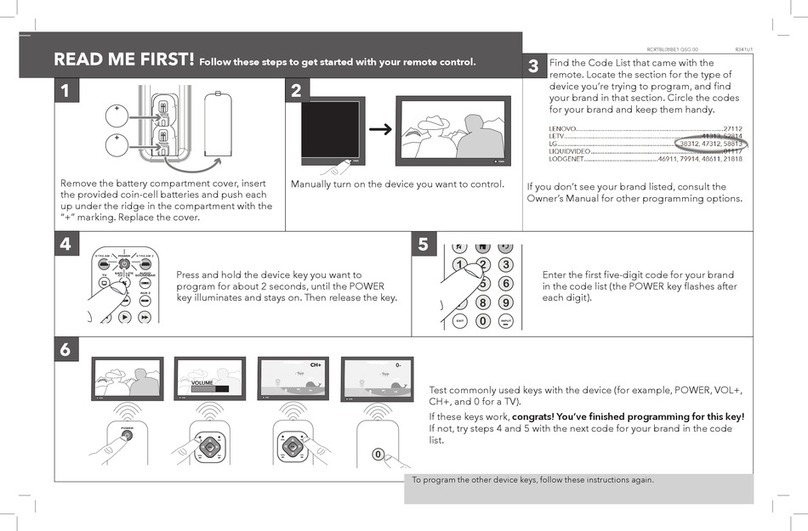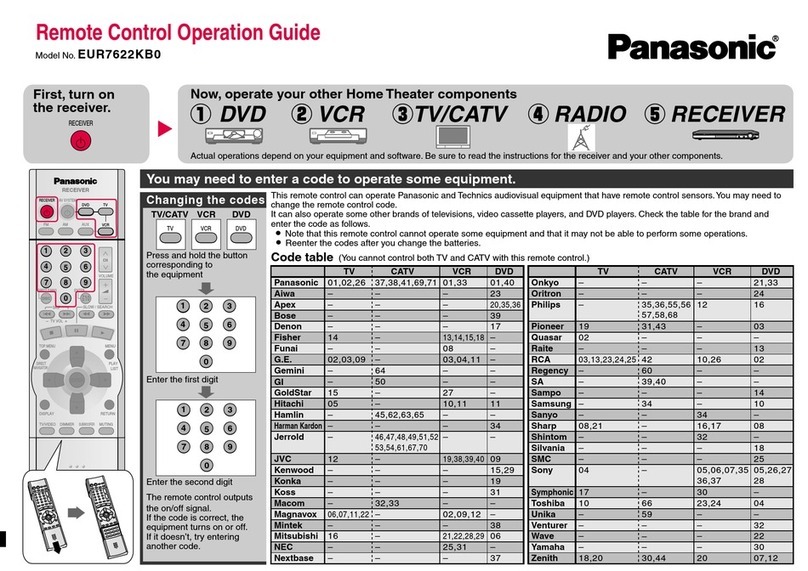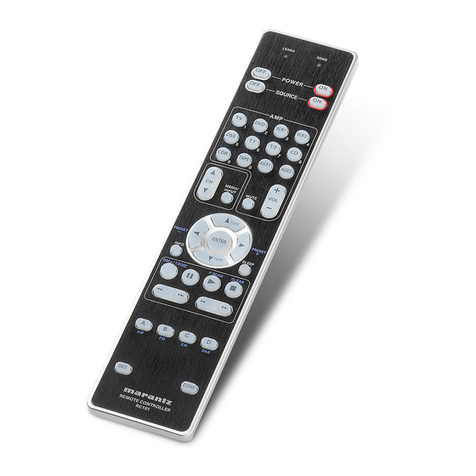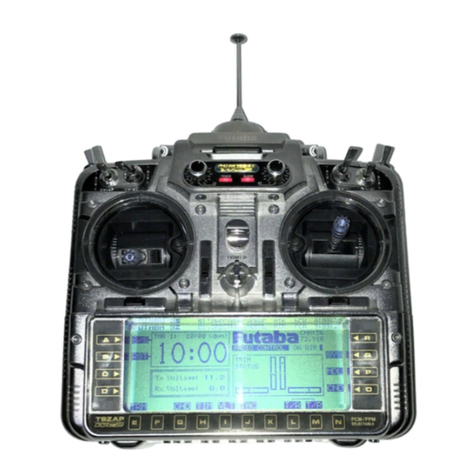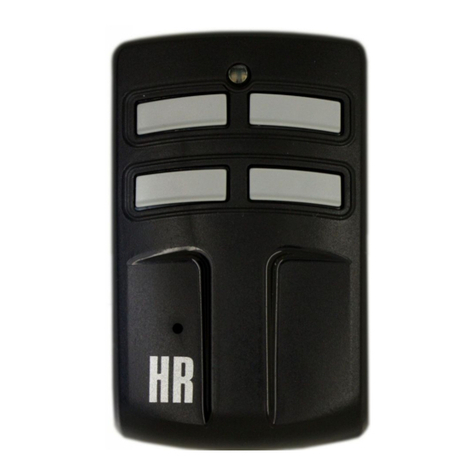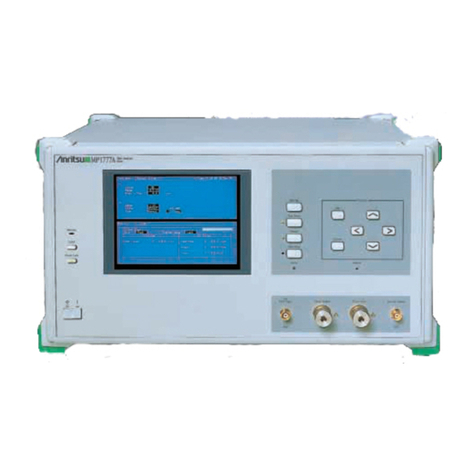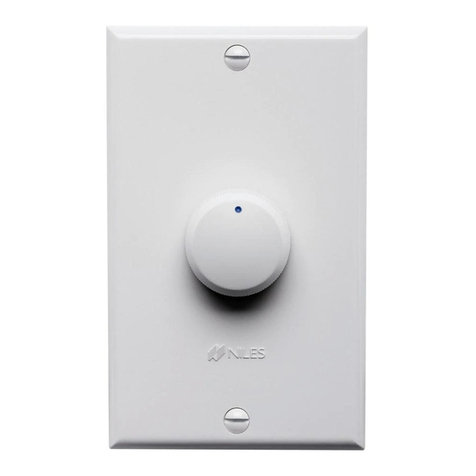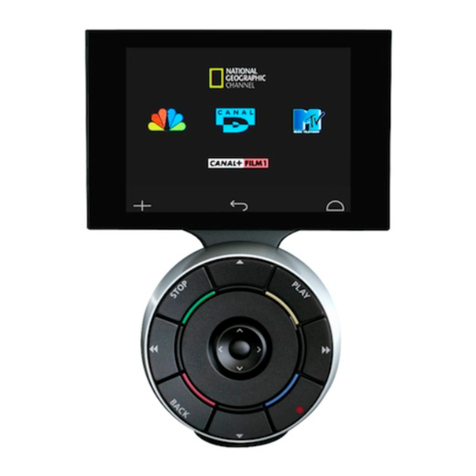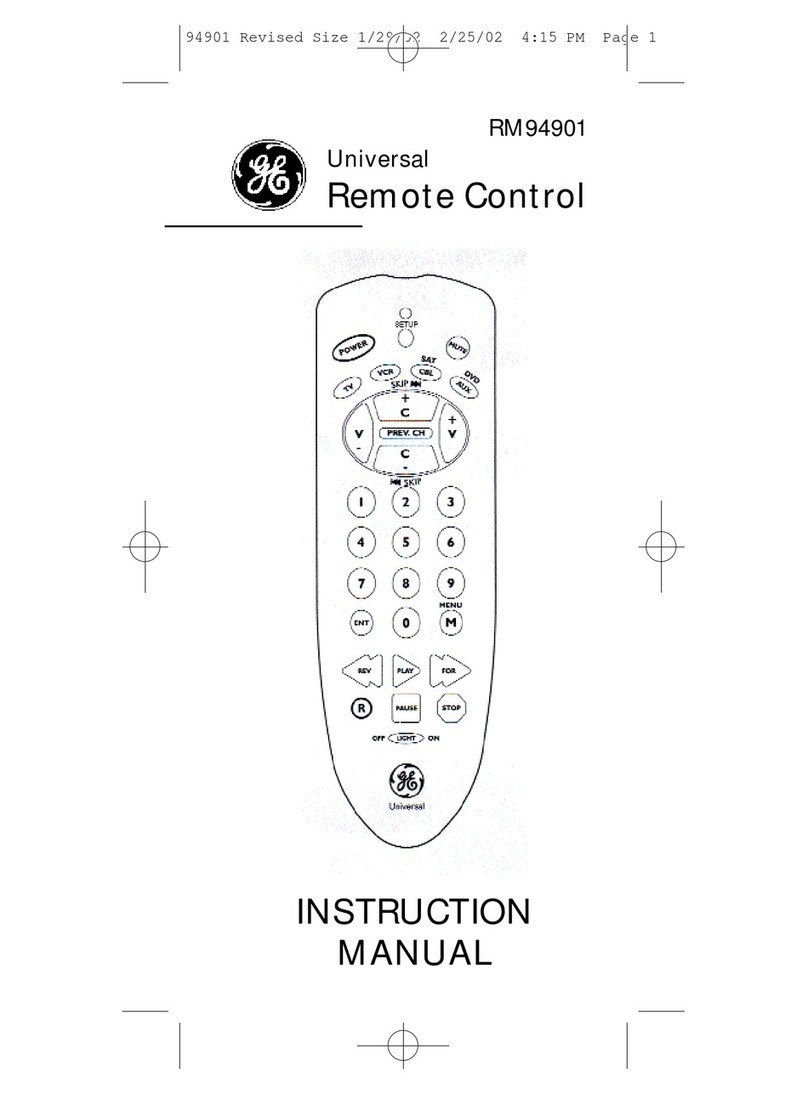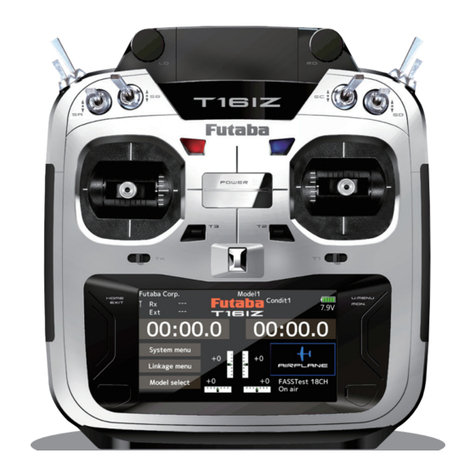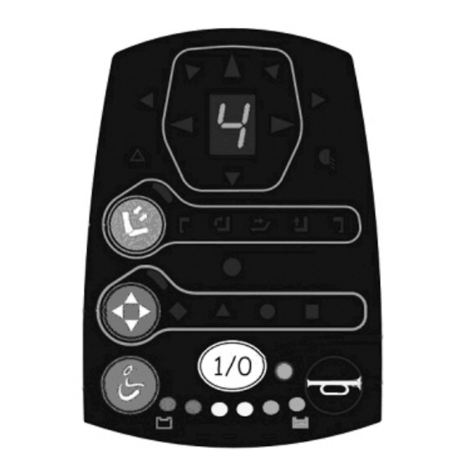
SmaRT HH-xH10
U089.0.0-SmaRT_HH-xH10
Table of Contents
Notes/Definitions ...........................................................................................................................i
Document Conventions ................................................................................................................i
List of Figures...............................................................................................................................ii
List of Tables.................................................................................................................................ii
Cervis Inc. Safety Precautions....................................................................................................1
1.0 SmaRT HH-xH10 Handheld Remote ...................................................................................2
2.0 Handheld and Base Unit Communication..........................................................................4
2.1 Associate Handheld to Base Unit....................................................................................4
2.2 Dissociate Handheld from Base Unit ..............................................................................5
3.0 Battery Installation or Change ............................................................................................6
4.0 Using a Standard SmaRT Handheld Remote.....................................................................7
5.0 Low Battery Warning and Low Battery Auto-Shutdown ..................................................8
6.0 Specifications .......................................................................................................................9
7.0 Spare Parts List ..................................................................................................................10
Appendix A: Exposure to Radio Frequency Energy...............................................................11
Appendix B: Agency Identification Label Locations ..............................................................11
List of Figures
Figure 1. HH-xH10 6-LED Handheld Remote Button Assignments ...........................................2
Figure 2. Standard Ten button Example.......................................................................................3
Figure 3. Associate an HH-xH10 Handheld to a Base Unit.........................................................4
Figure 4. Dissociate an HH-xH10 Handheld from a Base Unit ...................................................5
Figure 5. Handheld Battery Installation........................................................................................6
Figure 6. HH-xH10 Front Panel......................................................................................................7
Figure 7. HH-xH10 Remote Low Battery Warning and Auto-Shutdown....................................8
Figure 8. Agency Identification Label Locations...................................................................... 11
List of Tables
Table 1. HH-xH10 Remote Options ...............................................................................................3
Table 2. SmaRT HH-xH10 Handheld Specifications....................................................................9
Table 3. Spare Parts List............................................................................................................. 10
